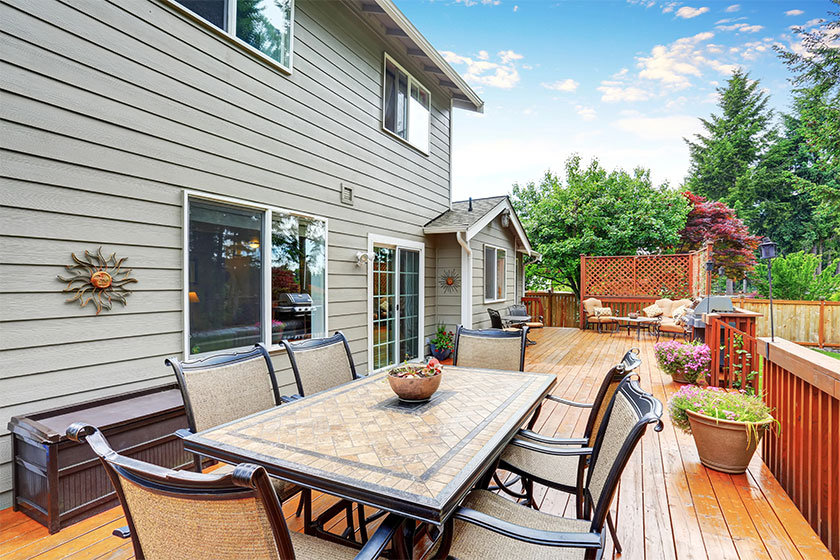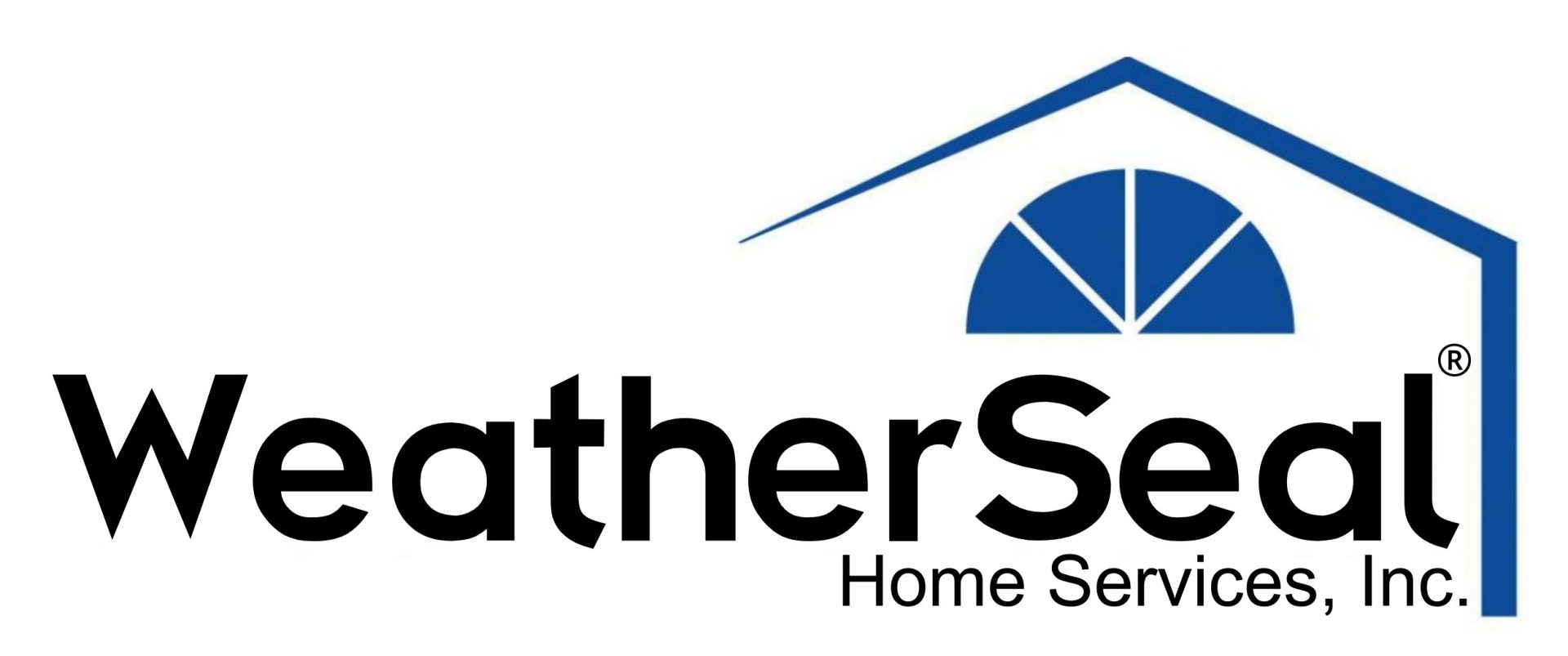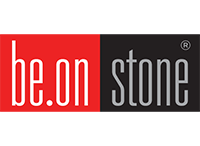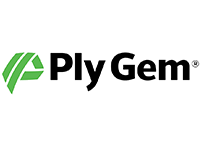Choosing the right siding is a major decision that impacts your home’s appearance, durability, and value. Among the most popular options, Dutch lap and clapboard siding stand out for their classic appeal and versatility. These horizontal siding styles differ in appearance, cost, and functionality. This makes it important to understand their features before choosing.
This guide explores the key differences between Dutch lap vs. clapboard siding. We help homeowners select the option that best fits their architectural style, budget, and long-term goals.

Understanding Clapboard Siding
Clapboard siding has a long history in North America, dating back to the 1600s. Its simple, clean design involves overlapping flat boards and creates a smooth, uniform appearance. This timeless style complements a wide range of architectural designs, from Colonial to Craftsman homes.
Clapboard siding remains a popular choice for homeowners seeking a straightforward, traditional look that blends seamlessly with different home exteriors.
Material Options for Clapboard Siding
Modern clapboard siding is available in materials like vinyl, fiber cement, and engineered wood. While natural wood was historically used, modern materials offer better resistance to weather and pests.
Vinyl is often the most affordable. Meanwhile, fiber cement stands out for its durability and fire resistance. Engineered wood provides the warmth of natural wood with added resilience.
Versatility and Color Choices
Clapboard siding’s simple design makes it easy to pair with various colors and trims. From muted earth tones to bold modern shades, clapboard adapts to any aesthetic. This versatility is especially useful in neighborhoods where homeowners aim to complement surrounding homes without sacrificing individuality.
Exploring Dutch Lap Siding
Dutch lap siding originated in the late 1800s and brings a more decorative look. Each panel features a concave curve and a notch at the top, creating shadows that add depth and texture.
These shadows give Dutch lap siding a more detailed appearance. It’s a favorite for Colonial, Gambrel, and Victorian-style homes. Its distinctive design suits homeowners who prefer a slightly more ornate exterior.
Benefits of Dutch Lap Siding
Dutch lap siding stands out for its weather resistance. The sloped design helps shed water more effectively than flat boards and reduces the risk of moisture-related issues.
This feature makes it a good choice in areas with heavy rainfall or snow. Additionally, the shadow lines add visual interest. They enhance curb appeal without requiring additional decorative features.
Material and Color Options
Like clapboard siding, Dutch lap is available in materials like vinyl, fiber cement, and engineered wood. It works best with lighter colors that highlight its shadow lines, such as white, gray, or soft pastels.
Darker shades can sometimes diminish the siding’s visual depth, though they may still work depending on your home’s architecture.
Key Differences Between Dutch Lap vs. Clapboard Siding
Architectural Style
The clean lines of clapboard siding lend themselves to traditional architectural styles like Cape Cod, Farmhouse, and Ranch homes. Its simplicity blends well with both historical and modern designs.
Dutch lap siding, with its decorative profile, complements more intricate architectural styles such as Victorian or Greek Revival homes. The shadow lines add depth to the façade. It’s a standout feature for homeowners who want a more textured look.
Cost Comparison
The cost of siding depends largely on the material chosen. Vinyl clapboard siding is often more affordable than Dutch lap due to its straightforward design and simpler installation.
However, the difference in price is typically minimal. For homeowners on a tighter budget, clapboard siding may be a more cost-effective option without sacrificing quality.
Durability and Maintenance
When comparing durability, both clapboard and Dutch lap siding rely heavily on the material used. Fiber cement is one of the sturdiest options for both styles, resisting weather, fire, and pests.
Dutch lap’s sloped design, however, gives it an edge in shedding water and snow. This will reduce the likelihood of mold or rot.
Maintenance for both styles is similar. Regular cleaning and occasional repainting or repairs help maintain their appearance and longevity. For added convenience, vinyl options require less upkeep than wood or fiber cement.
Dutch Lap and Clapboard in Harsh Weather
Siding needs to withstand the unique challenges posed by your region’s climate. Both clapboard and Dutch lap siding perform well in a variety of conditions. However, the choice of material and design can make a difference.
In areas prone to heavy rain or snow, Dutch lap siding’s design helps minimize moisture buildup. The slope encourages water to drain more efficiently and protects your home from damage.
For regions with intense sun exposure, fiber cement clapboard siding is an excellent choice. It resists fading and cracking, maintaining its appearance and functionality over time.
Choosing the Best Siding for Your Needs
When selecting between Dutch lap vs. clapboard siding, consider your home’s architectural style, local climate, and long-term goals. If your home features detailed design elements or belongs to a historical style like Colonial or Victorian, Dutch lap siding may enhance its visual appeal with shadowed textures.
Alternatively, clapboard siding’s clean lines work well for homes that prioritize simplicity or a more understated aesthetic, such as Farmhouse or Ranch styles.
Budget also plays an important role. While the cost difference between the two is minimal, installation complexity can influence your decision. Dutch lap siding’s notched design may require more effort to install, leading to slightly higher labor costs. On the other hand, clapboard siding’s straightforward design can reduce installation time, potentially saving on expenses.
Both options perform well in different climates when paired with the right material. Fiber cement offers superior durability in extreme weather. Meanwhile, vinyl is cost-effective and requires minimal upkeep. Engineered wood combines the natural look of traditional wood with modern resilience.
Bringing It All Together
WeatherSeal Home Services understands that choosing the right siding is a significant decision for your home. Our family-owned, veteran-owned business delivers a personalized approach. We help you select the siding style and material that best fits your needs.
Backed by our BBB A+ rating, we use high-quality, American-made products to deliver exceptional results. Whether you are replacing your siding, replacing your roof, or enhancing your home with new windows or sunrooms, our experienced team guarantees a seamless process from start to finish.
Contact us today to discuss your project and bring your vision to life.








